SPACE
July 20, 2019 is the Golden Anniversary of the first ever moon landing!
To celebrate this milestone in human achievement, Truthian artists have painstakingly prepared a series of commemorative items. Starting with the Mission Patches which represent the thousands of men and women who worked to make each mission possible.
So join us in exploring and celebrating the history of Apollo!
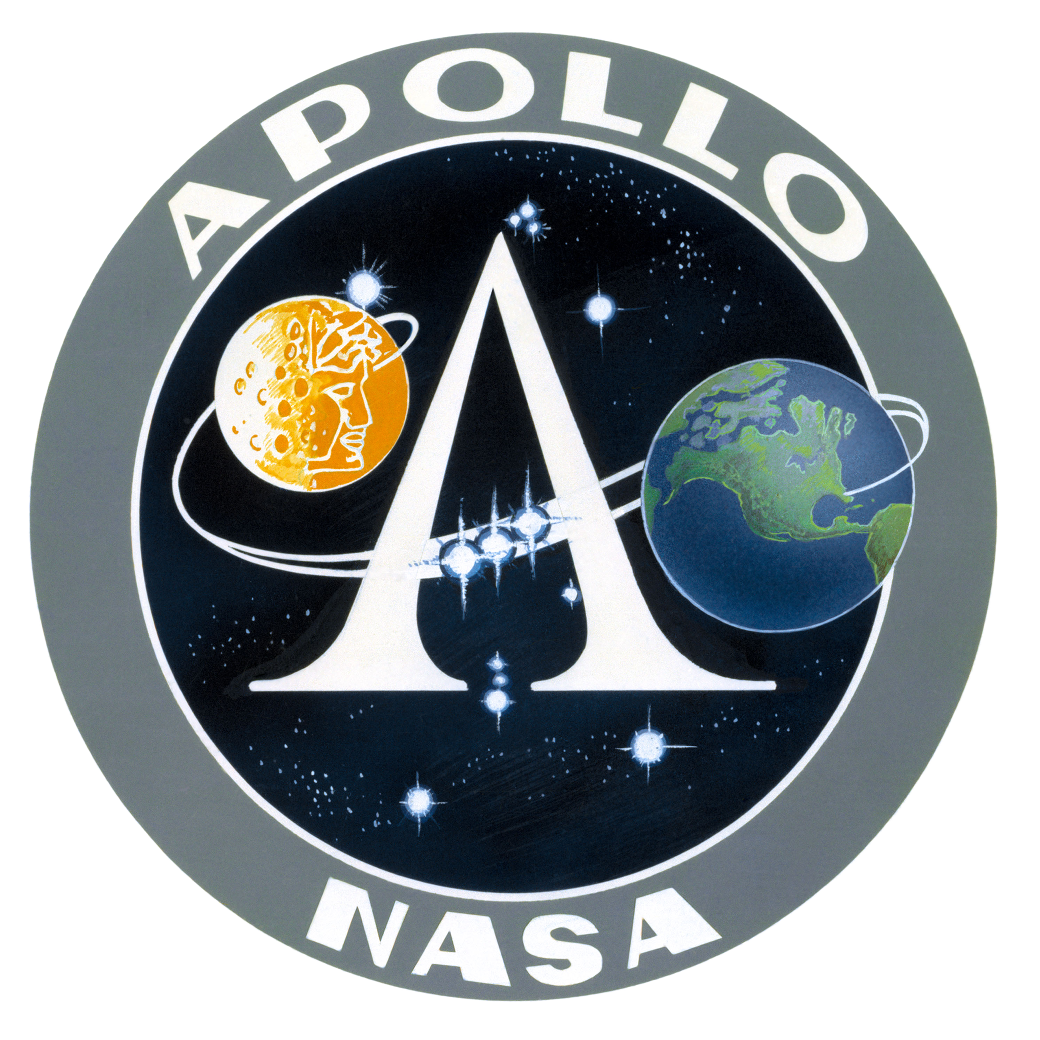
The Apollo program, also known as Project Apollo, was NASA’s third manned space program following on the heels of Mercury and Gemini. The program put 12 men on the moon. An unparalleled achievement.
A few Apollo statistics:
Cost: $25.4 Billion in 1973 (equivalent to $145.4 billion in 2019)
Duration: 1961 to 1972
Missions: 12 manned, 6 unmanned
Launch Vehicles: Saturn IB, Saturn V
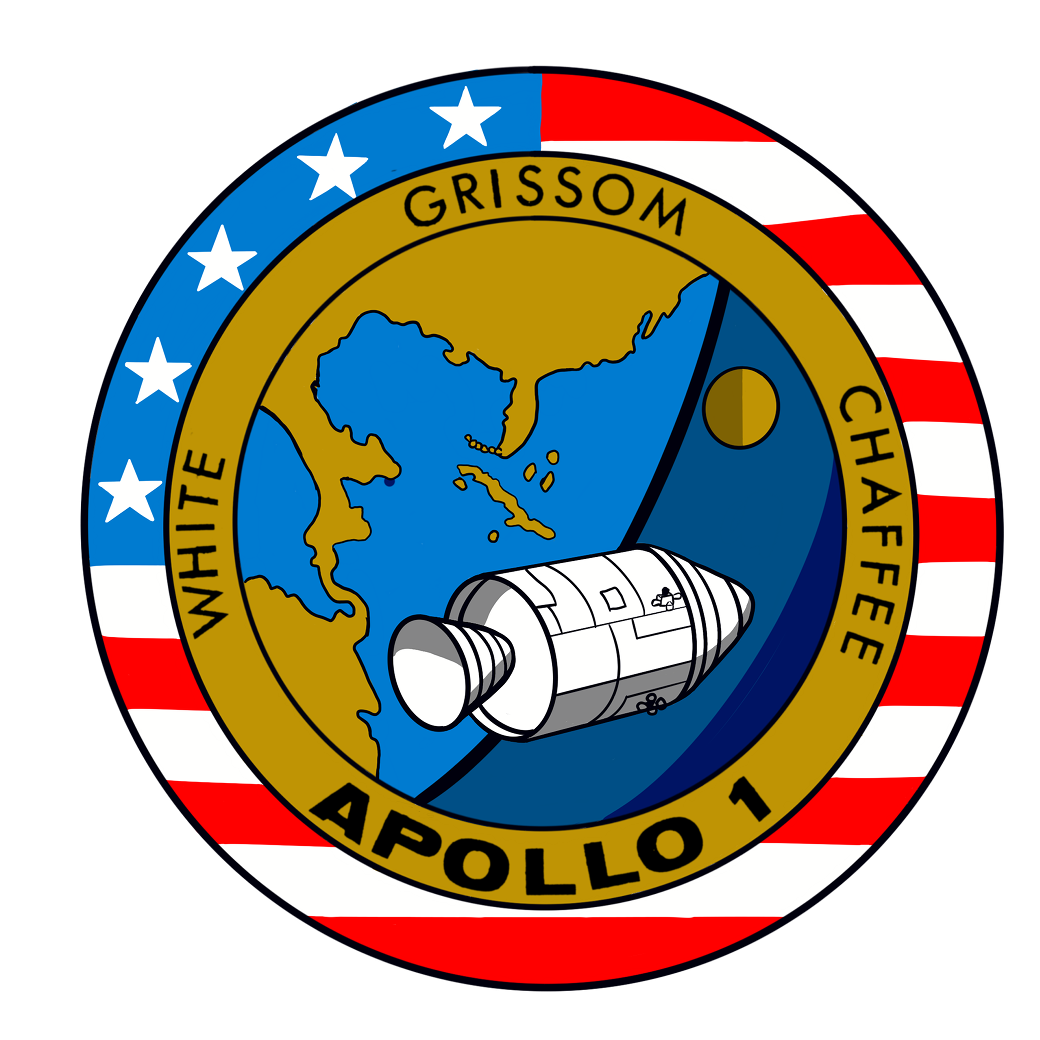
The most tragic of the Apollo missions, Apollo 1 was the only Apollo mission to result in loss of crew. On January 27, 1967 during a capsule only test, a fire in the pure oxygen environment killed the crew. In honor of the crew the mission name was retired and the patch designed by the crew remained in the official insignia of the mission.
A few statistics:
Crew: Gus Grissom, Ed White, and Roger Chaffee
Launch vehicle: Saturn IB
Date: planned February 21, 1967
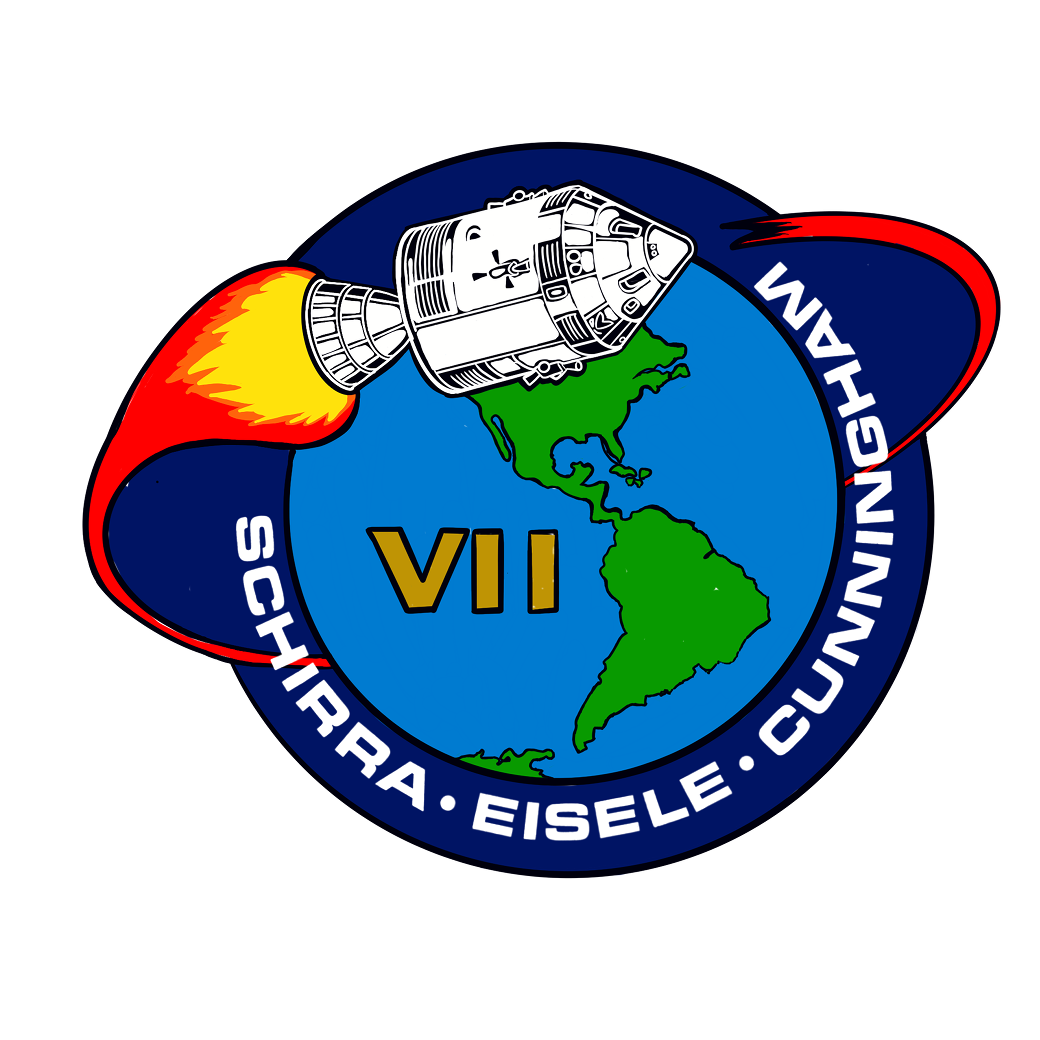
Just 21 months after the Apollo 1 tragedy Apollo 7, completed the intended mission of Apollo 1. The crew completed the first test of the newly redesigned command module with the service module. The mission was both NASA’s first 3 man crew and the first televised broadcast of footage from inside a spacecraft.
A few statistics:
Crew: Walter M. Schirra, Donn F. Eisele, and R. Walter Cunningham
Launch vehicle: Saturn IB
Date: October 11 - 22, 1968
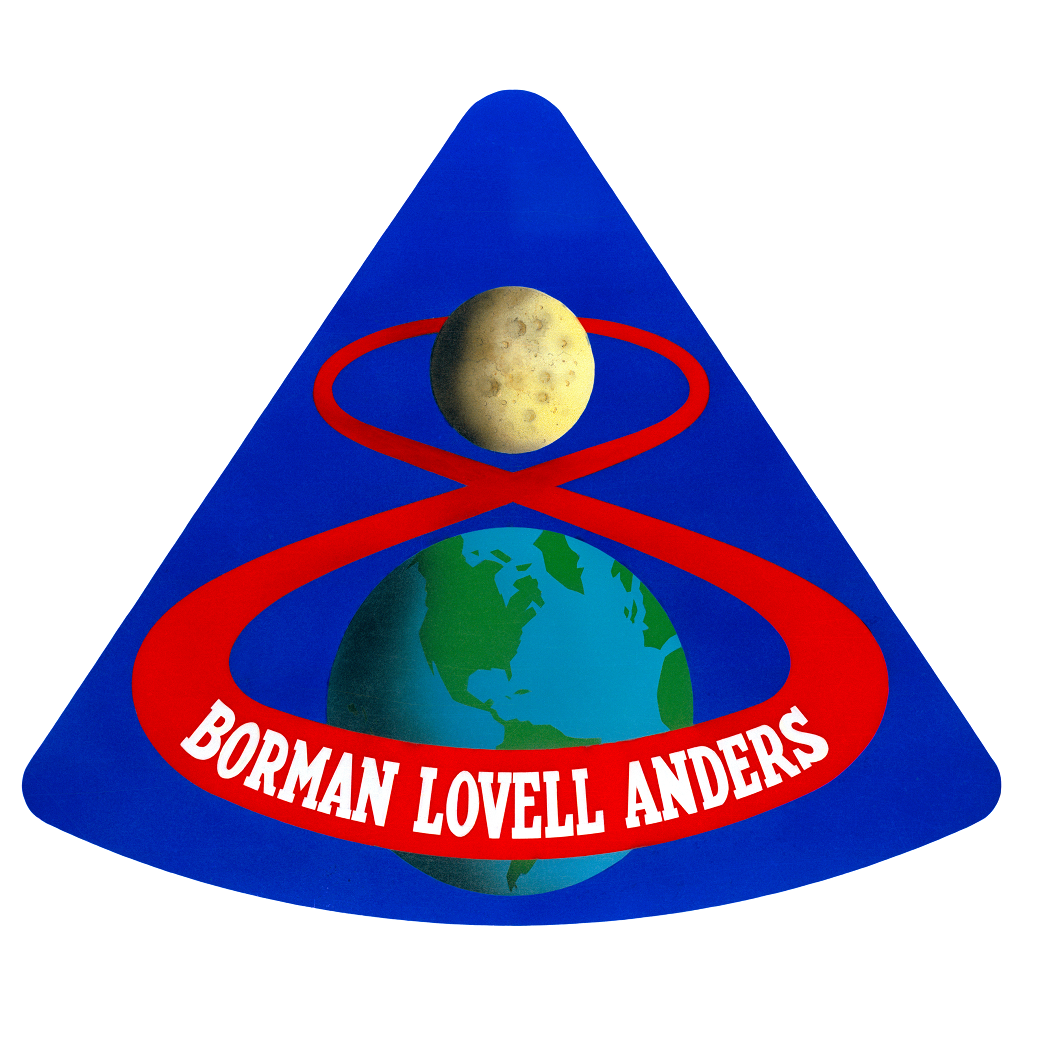
Flying a mere 2 months after Apollo 7’s successful flight Apollo 8 became the first manned mission to leave Low Earth Orbit (LEO). The crew became the first humans to orbit the moon and see earthrise. This was the first manned launch of the Saturn V rocket.
A few statistics:
Crew: Frank Borman, James Lovell, and William Anders
Launch vehicle: Saturn V
Date: December 21 - 27, 1968
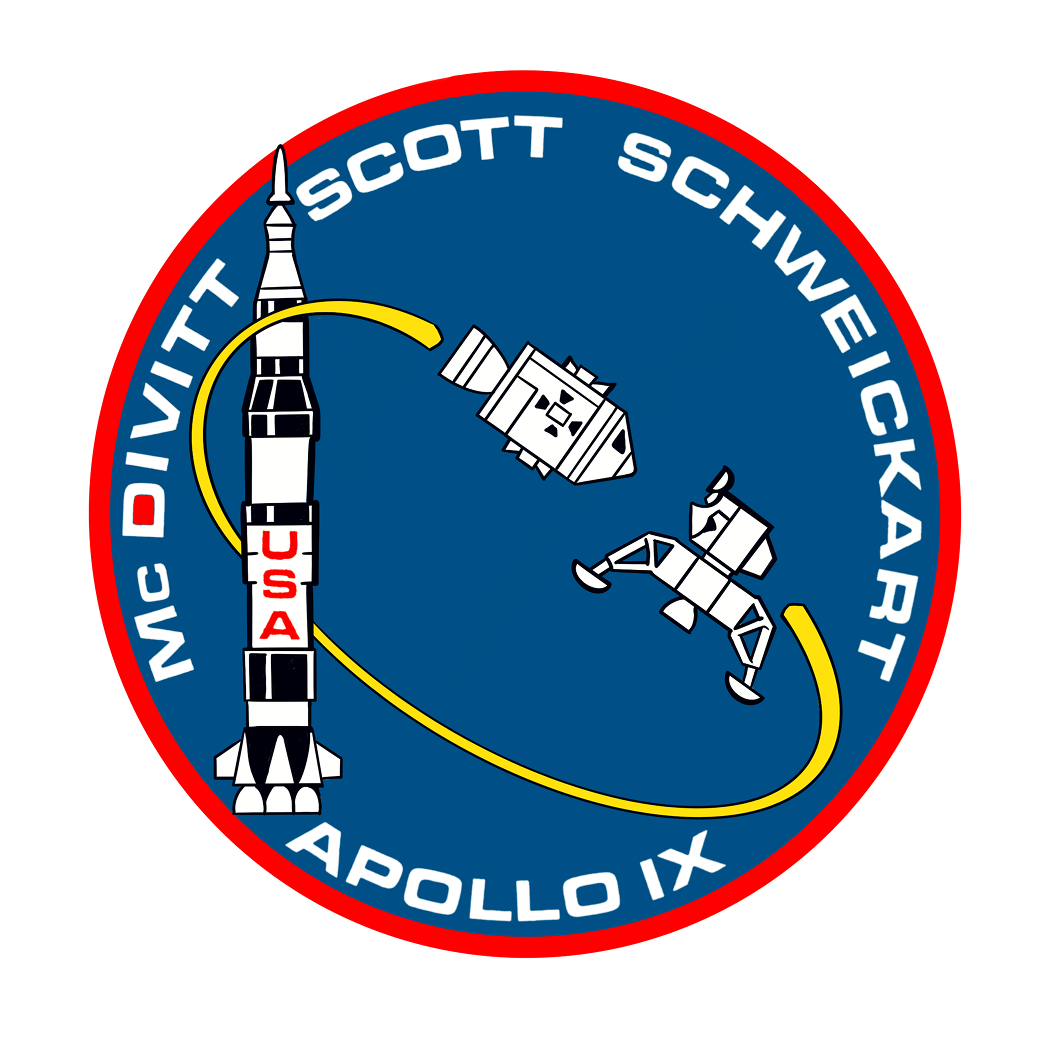
Apollo 9 was first manned test of the Lunar Module (LM) with the command and service module. The crew successfully docked, undocked, and redocked the LM. This was of paramount importance for the mission to the moon because the LM would need to redock with the command module for transit back to earth.
A few statistics:
Crew: James McDivitt, David Scott, and Rusty Schweickartdock
Launch vehicle: Saturn V
Date: March 3 -13, 1969
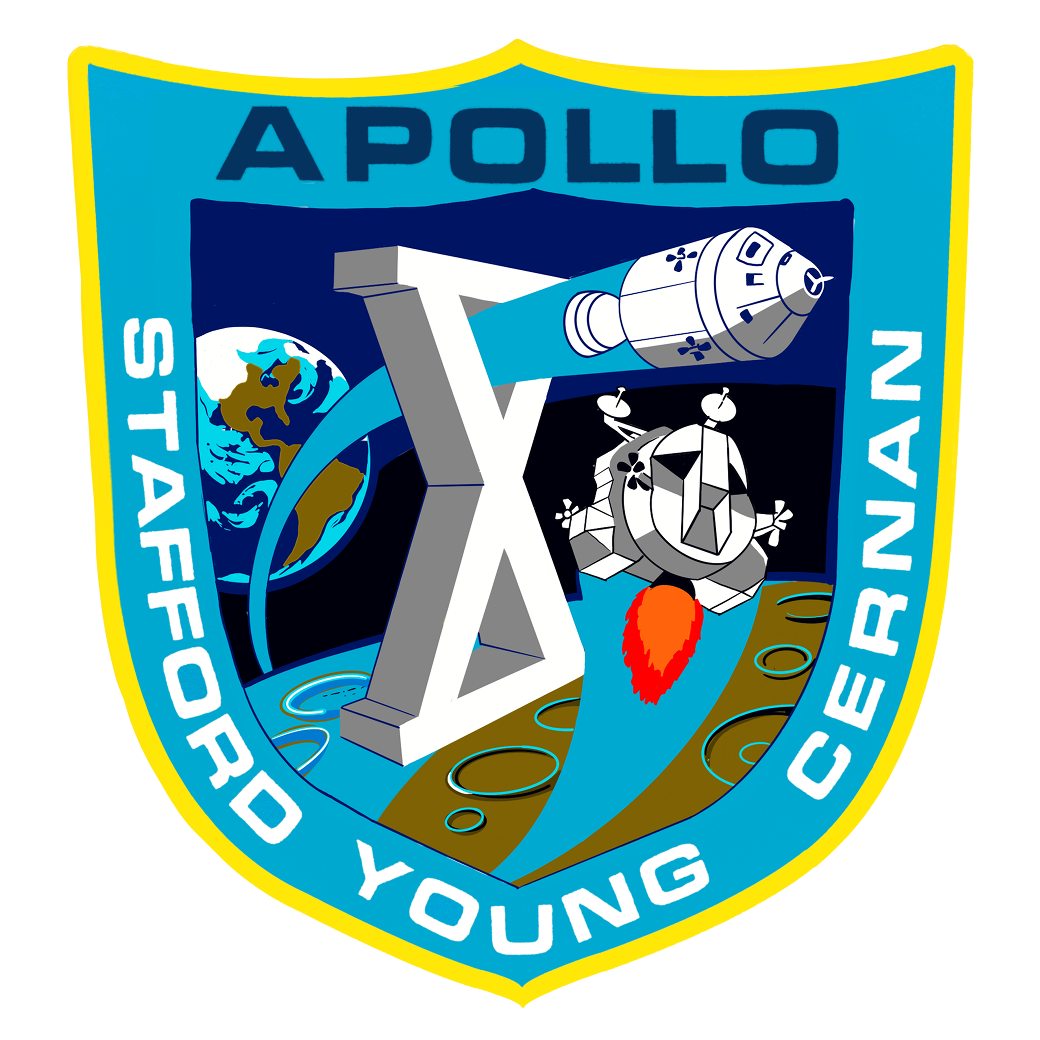
The dress rehearsal for the moon landing. The crew went through all of the mission parameters except actually landing. Passing within 15.6 km of the lunar surface before redocking with the command module.
A few statistics:
Crew: Thomas Stafford, Eugene Cernan, John Young
Launch vehicle: Saturn V
Date: May 18 - 26, 1969
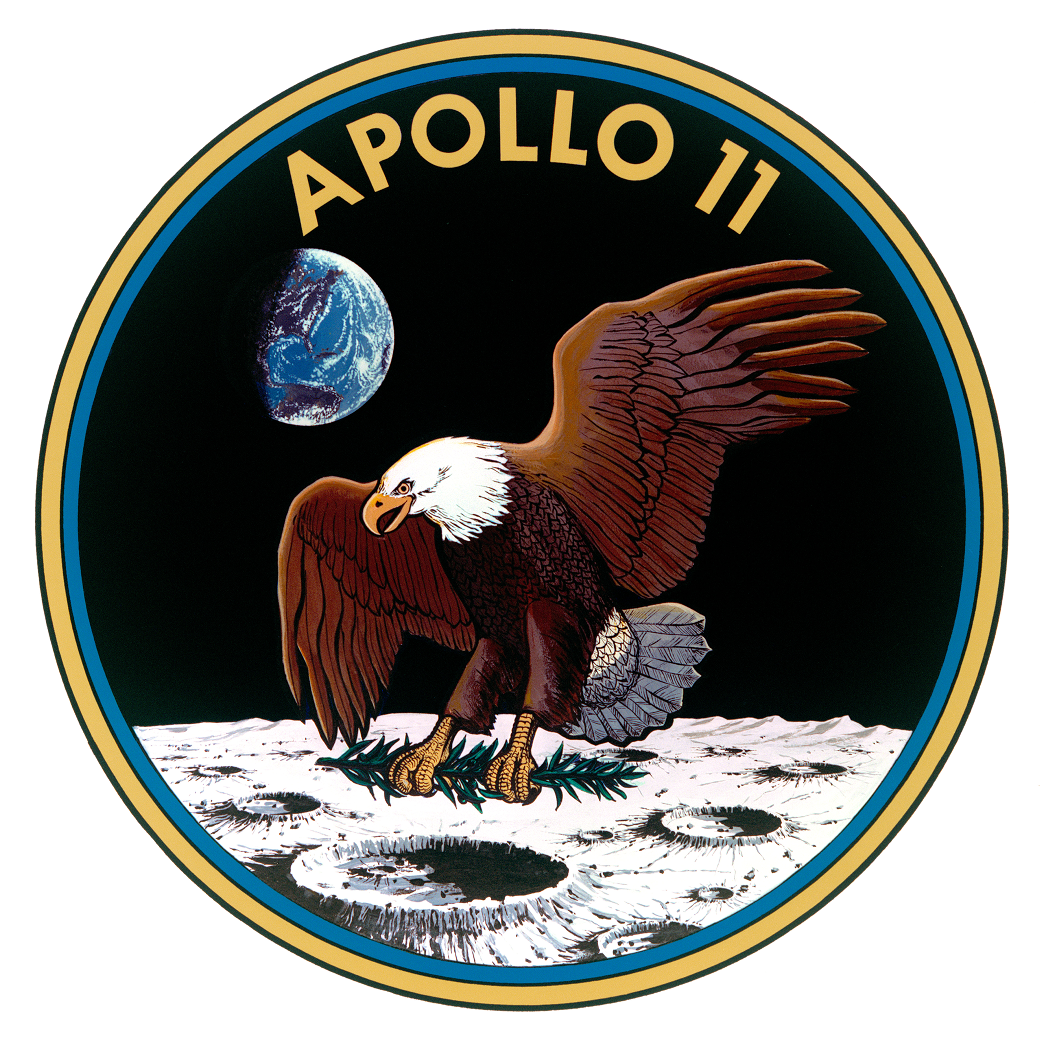
“One small step for man, one giant leap for mankind.”
On July 20,1969 Apollo 11 landed on the moon, effectively winning the Space Race. Upon realizing the computer was targeting an area of boulders Armstrong manually landed the Lunar Module, Eagle, with less than a minute of fuel remaining. After 21.5 hours on the lunar surface they returned leaving behind a US flag, a silicon disk of messages, and commemorative medallions for the Apollo 1 crew and 2 cosmonauts who had died in accidents.
A few statistics:
Crew: Neil Armstrong, Edwin E. Aldrin Jr., Michael Collins
Launch vehicle: Saturn V
Date: July 16 -24, 1969
Landing site: Tranquility Base
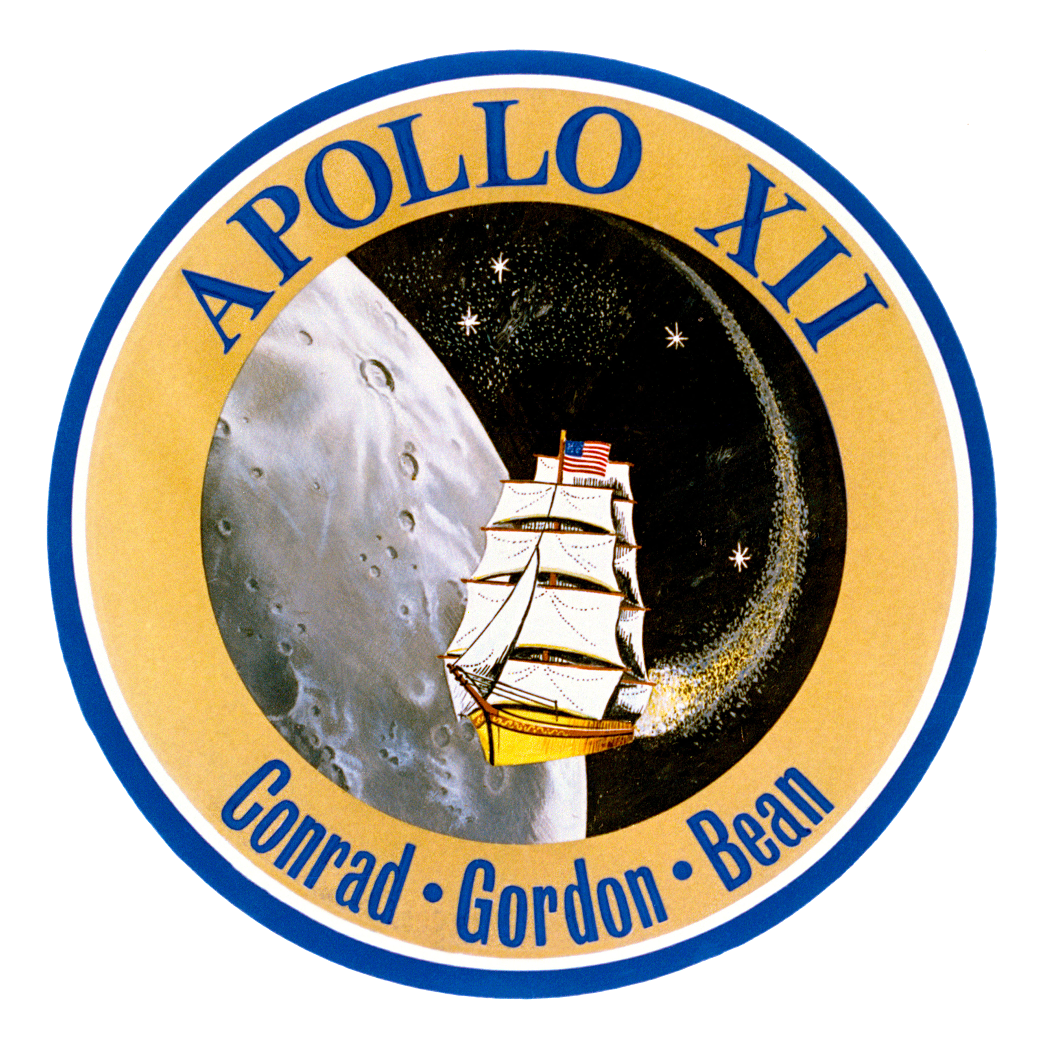
The second crew to land on the moon. The landing site was purposefully close to Surveyor III, a previous robotic mission. While collecting moon rocks they also collected parts from Surveyor III for analysis. The crew spent 31.6 hours on the surface before rendezvousing with the command module, the Yankee Clipper. The patch include a clipper ship in it. .
A few statistics:
Crew: Charles Conrad Jr., Alan L. Bean, Richard F. Gordon Jr.
Launch vehicle: Saturn V
Date: November 14 - 24, 1969
Landing Site: Ocean of Storms
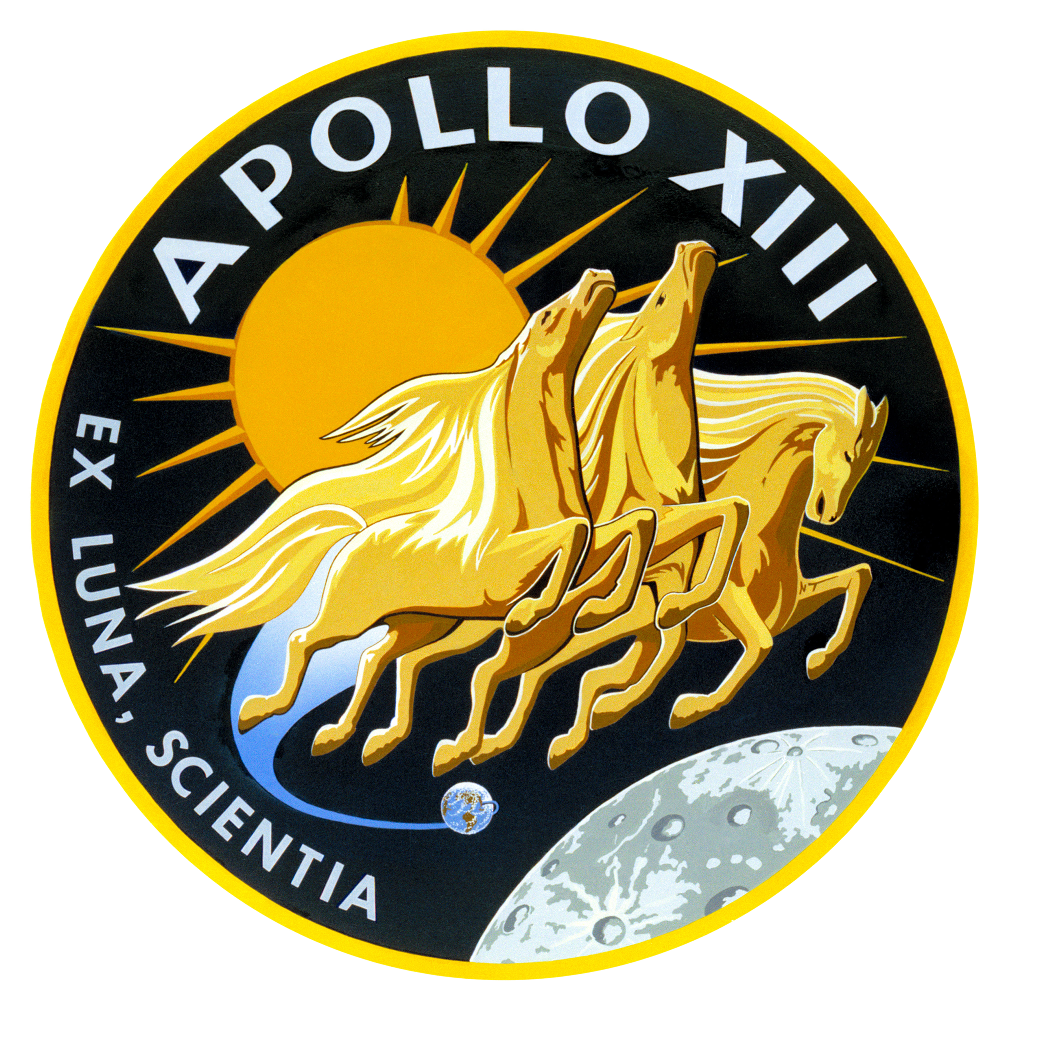
“Houston, we’ve had a problem”
Probably best know due to the successful Hollywood film, Apollo 13. While enroute to the moon, one of the oxygen tanks exploded leading to no oxygen and limited battery power for the command module. Despite multiple challenges, the crew was able to shelter in the lunar module and return safely to earth.
A few statistics:
Crew: James A. Lovell Jr., Fred W. Haise Jr., John L. Swigert Jr.
Launch vehicle: Saturn V
Date: April 11 -17, 1970
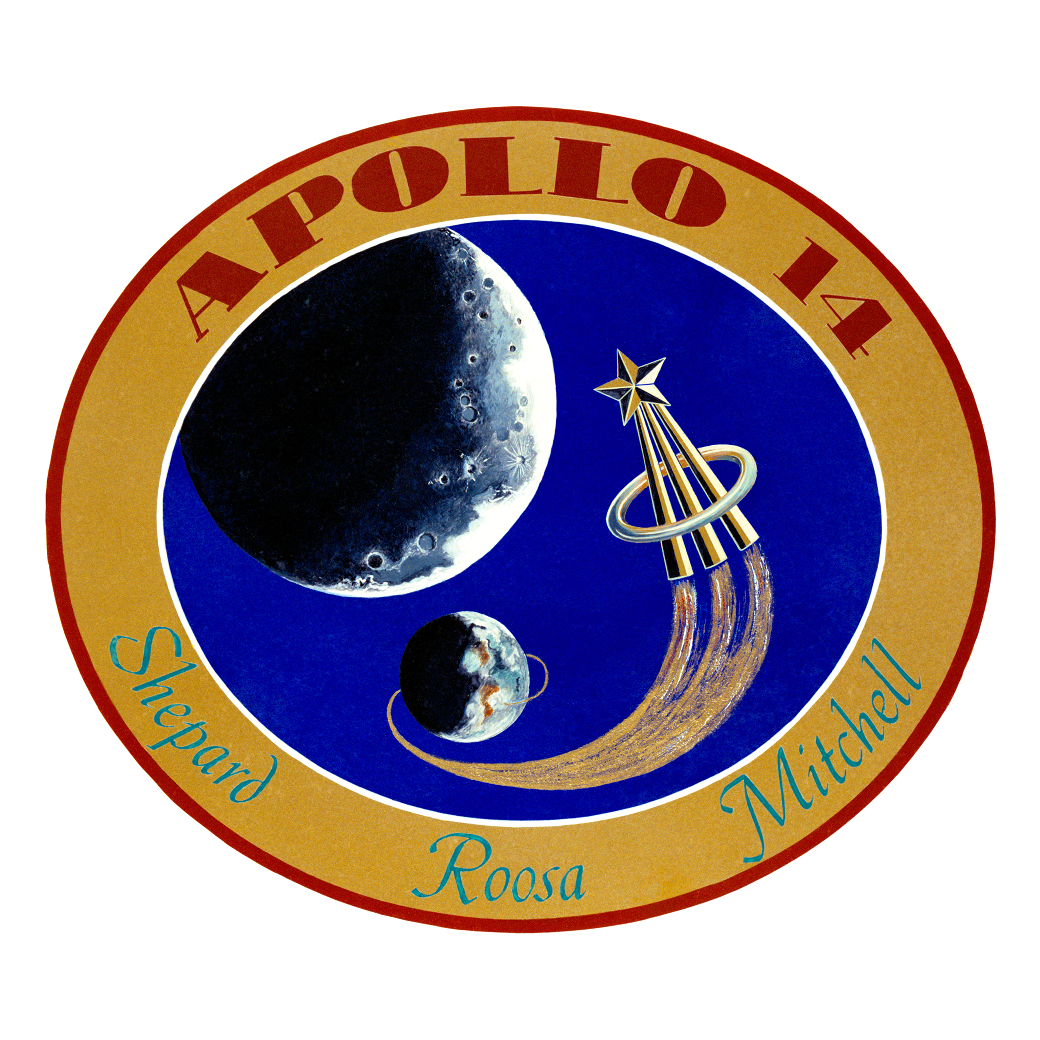
Delayed by 4 months due to the Apollo 13 accident this was the third mission to land on the moon. The mission commander, Alan Sheppard, was both the oldest member of the astronaut corps at the time, and the only of the Mercury 7 to reach the moon.
A few statistics:
Crew: Alan B. Shepard Jr., Edgar D. Mitchell, Stuart A. Roosa
Launch vehicle: Saturn V
Date: January 31 - February 9, 1971
Landing site: Fra Mauro Formation
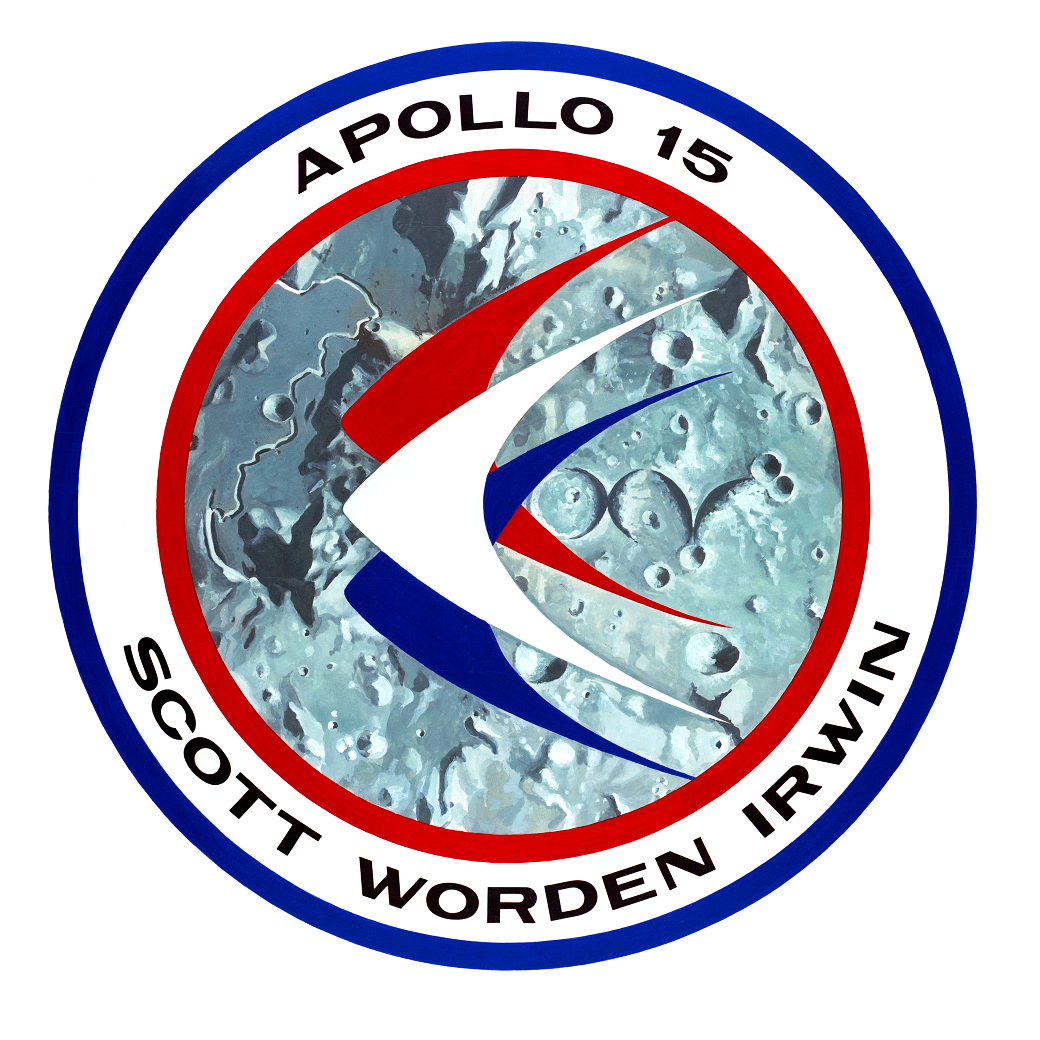
The fourth mission to land on the moon and the first to use the Lunar Roving Vehicle (LRV). Primarily a science mission the crew spent nearly 67 hours on the lunar surface before heading home.
A few statistics:
Crew: David R. Scott, James B. Irwin, Alfred M. Worden
Launch Vehicle: Saturn V
Date: July 26 - August 7, 1971
Landing Site: Hadley-Apennine
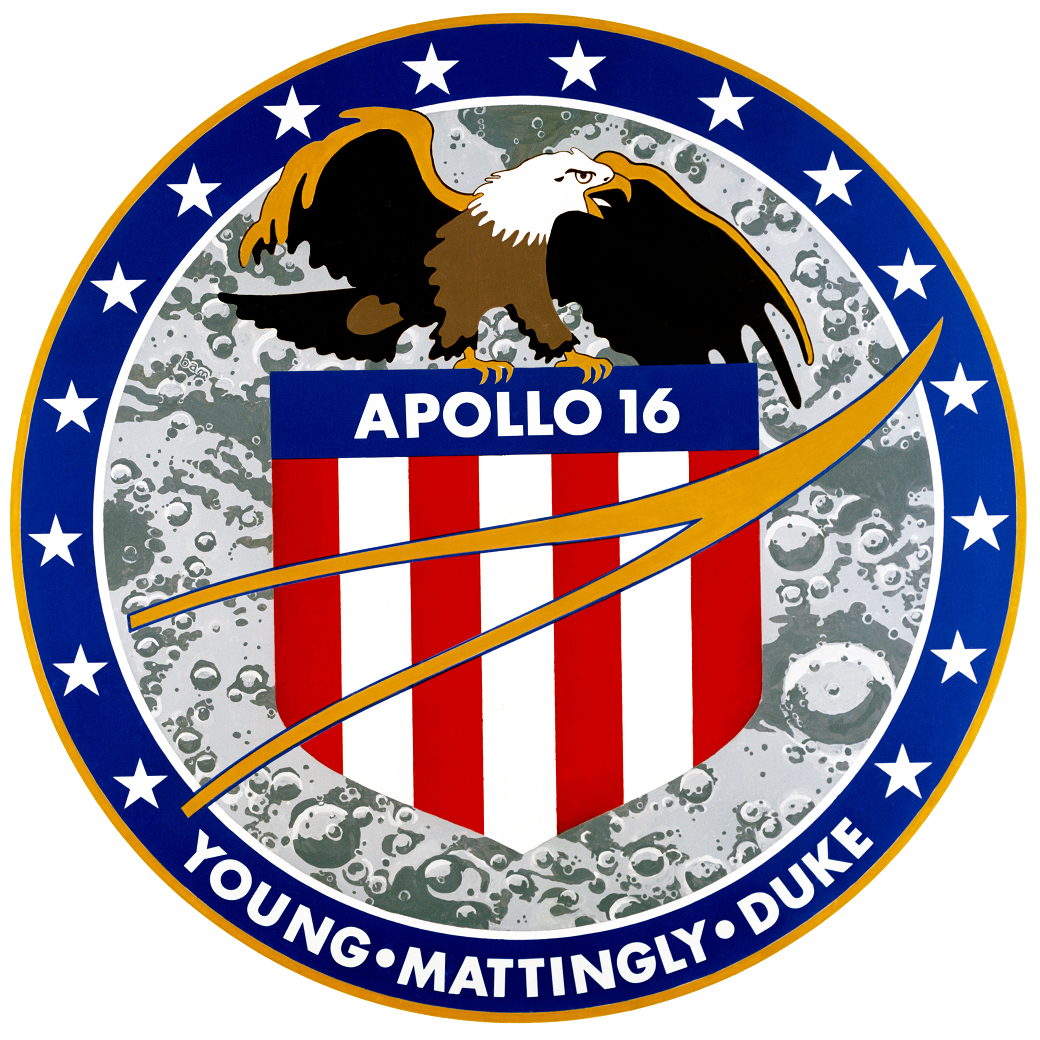
The fifth mission to land on the moon. The crew spent 71 hours on the lunar surface, more than 20 of those on Extravehicular Activity (EVA). Travelling more than 16 miles they brought back over 200 pounds of lunar samples.
A few statistics:
Crew: John W. Young, Charles M. Duke Jr., Thomas K. Mattingly II
Launch Vehicle: Saturn V
Date: April 16 - 27, 1972
Landing Site: Descartes
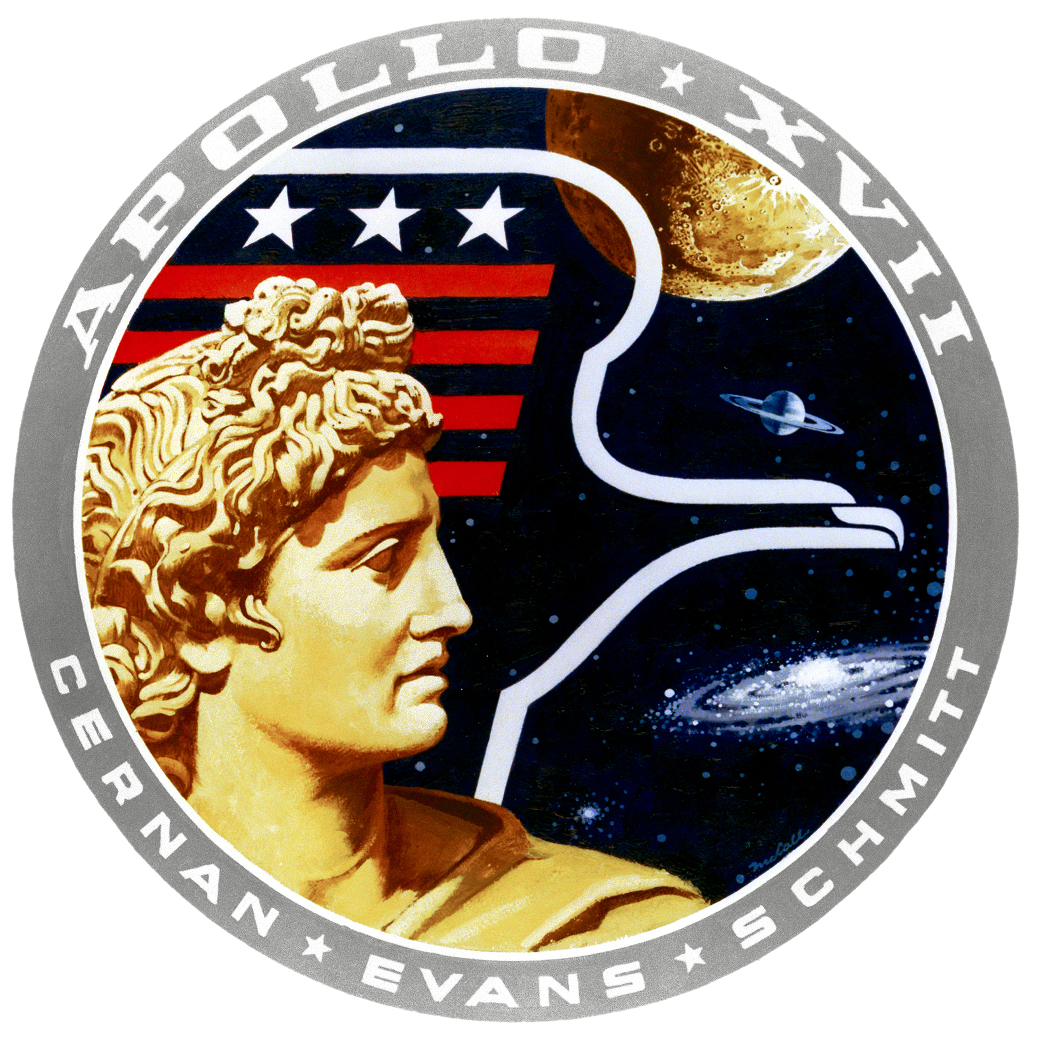
In addition to being the sixth and final landing on the moon, it was the final crewed mission and the only night launch of the Saturn V. The crew spent 75 hours on the surface gathering 243.4 pounds of lunar samples during the 22 hours of Extra Vehicular Activity (EVA).
A few statistics:
Crew: Eugene A. Cernan, Harrison H. Schmitt, Ronald E. Evans
Launch Vehicle: Saturn V
Date: December 7 - 19, 1972
Landing Site: Taurus-Littrow






























